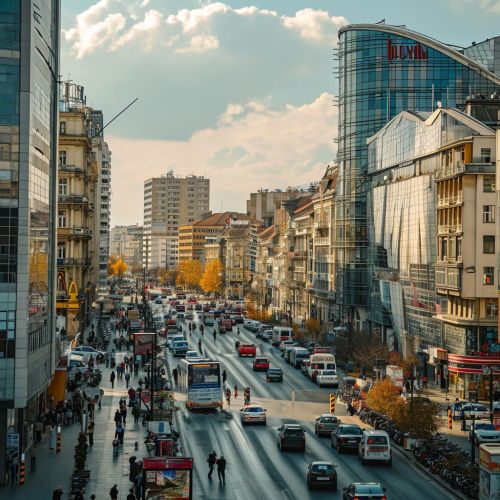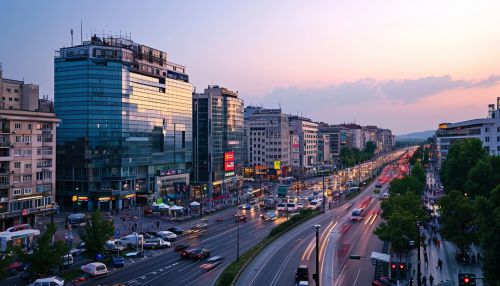Economy of Romania
Overview
The economy is a mixed one, with a high-income level and a very high human development index. It is the 16th largest in Europe, with a nominal GDP of $568.317 billion and a PPP GDP of $1.162 trillion as of 2021. The Romanian economy is characterized by a high degree of state ownership, a large agricultural sector, and a significant role for foreign investment.


History
The economy of Romania has undergone significant changes since the fall of the Communist regime in 1989. From a centrally planned economy, it has gradually evolved into a market-oriented economy.
Pre-1989
Before 1989, Romania had a centrally planned economy, dominated by state-owned enterprises. The industrial sector was well developed, particularly in heavy industry and manufacturing. However, the agricultural sector remained largely undeveloped, with the majority of the population living in rural areas and engaged in subsistence farming.
Post-1989
After the fall of the Communist regime, Romania embarked on a series of economic reforms, including privatization of state-owned enterprises, liberalization of trade, and the establishment of a market economy. These reforms have led to significant economic growth, although the pace of reform has been uneven and the benefits have not been evenly distributed.
Economic Sectors
The Romanian economy is diverse and is made up of various sectors, including services, industry, and agriculture.
Services
The services sector is the largest in the Romanian economy, accounting for more than half of GDP. This sector includes areas such as retail, tourism, information technology, and financial services.
Industry
The industrial sector is a significant part of the Romanian economy, contributing around a third of GDP. Key industries include automotive, machinery, chemical, and food processing.
Agriculture
Despite modernization efforts, agriculture remains an important part of the Romanian economy. Romania is one of the largest producers of grains in Europe and also has significant livestock and dairy industries.
Economic Indicators
Romania's economic indicators are generally positive, with steady GDP growth, low unemployment, and a stable inflation rate. However, the country faces challenges such as a large informal economy, corruption, and a lack of investment in infrastructure.
Economic Policies
Romania's economic policies are focused on promoting economic growth, reducing poverty, and integrating the country into the global economy. These policies include fiscal discipline, structural reform, and investment in infrastructure.
Foreign Trade
Romania is an open economy, with foreign trade accounting for a significant portion of GDP. The country's main trading partners are the European Union, particularly Germany, Italy, and France.
Future Outlook
The future outlook for the Romanian economy is generally positive, with steady economic growth expected to continue. However, the country faces challenges such as a rapidly aging population, a lack of skilled workers, and the need for further economic reforms.
